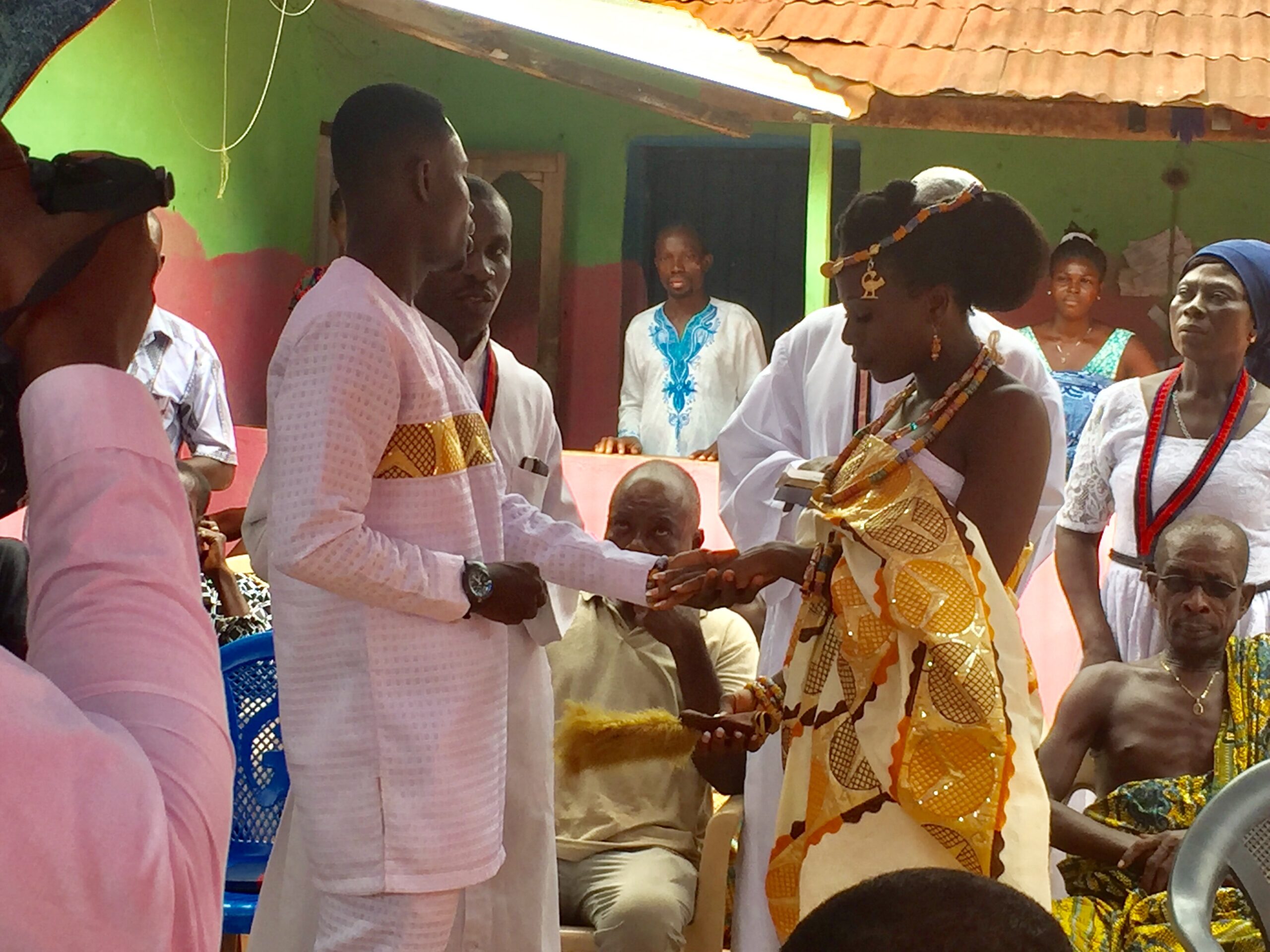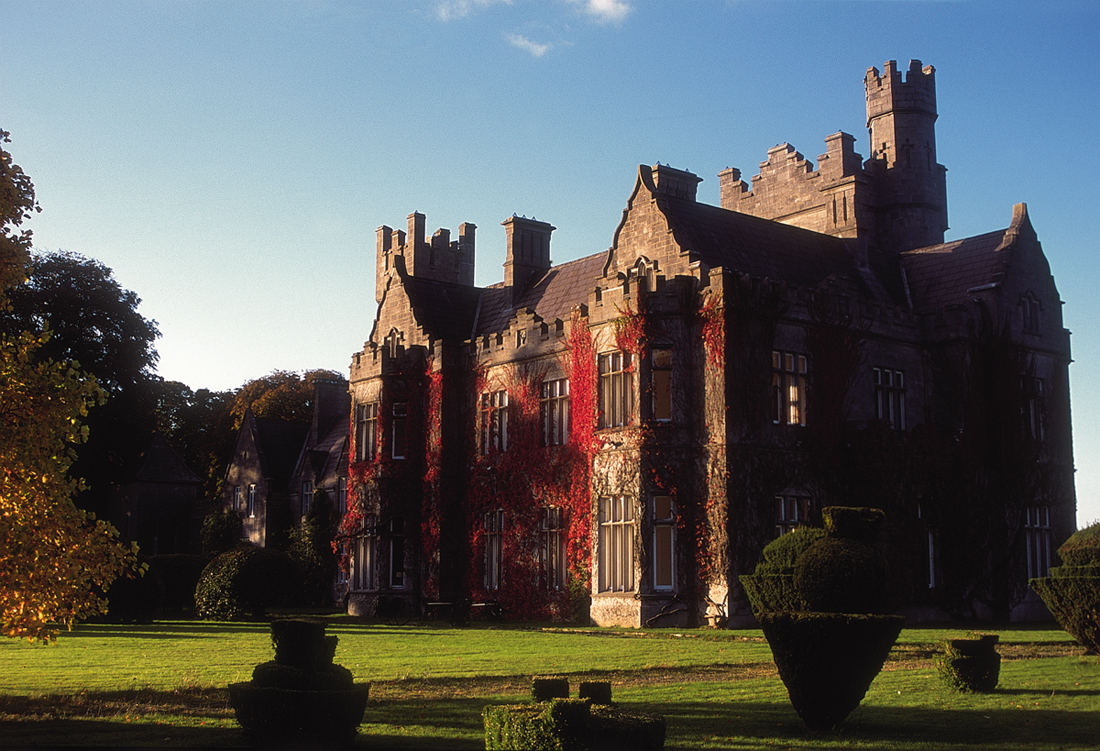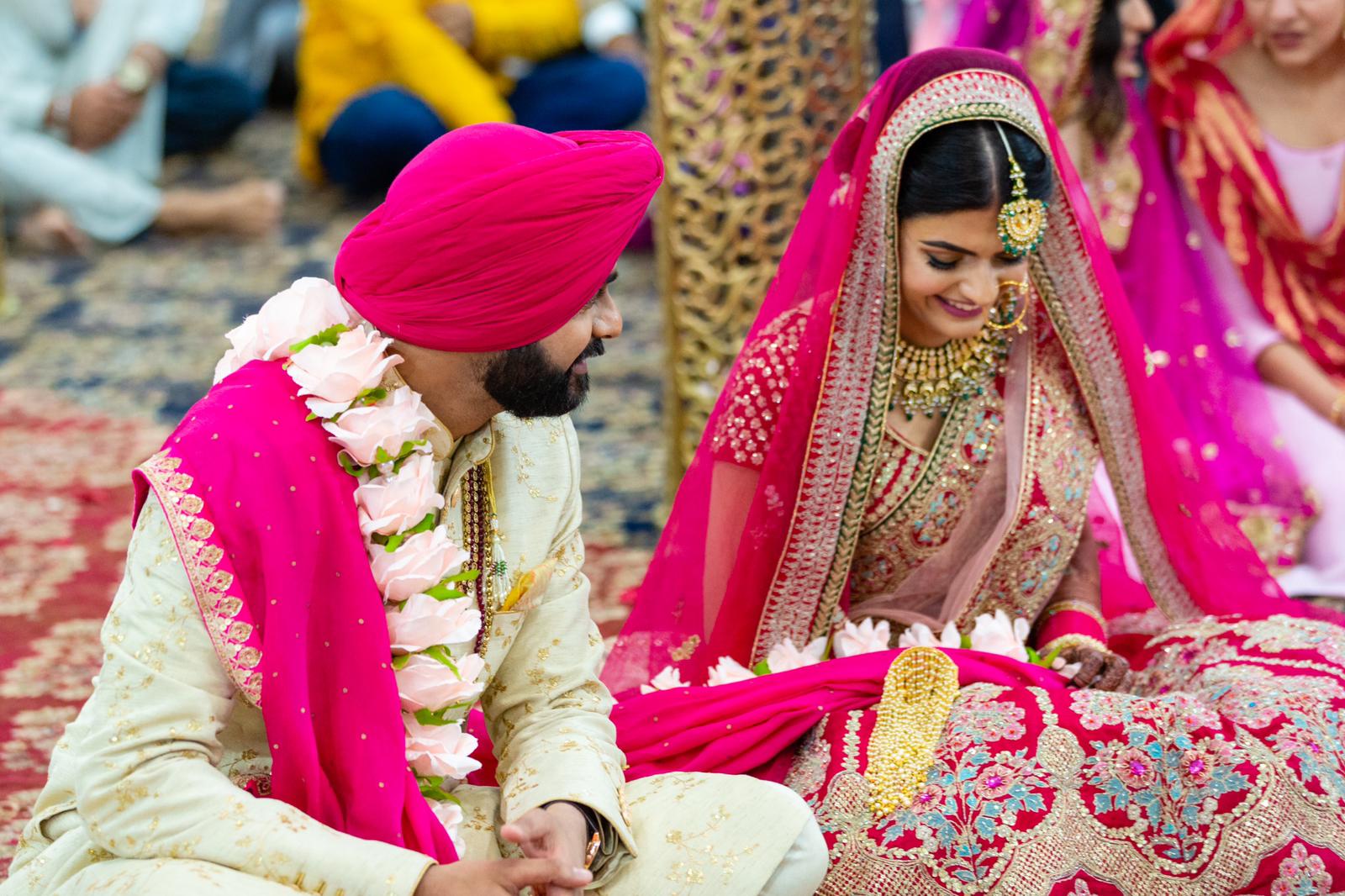Are you a globetrotter with an insatiable curiosity about the world’s vibrant cultures and traditions? Or perhaps you’re a couple looking to tie the knot in an extraordinary, exotic location that offers more than just stunning views? Whatever your reason, let us invite you on a captivating journey into the heart of Indonesia, where we’ll delve into the mesmerizing world of Balinese weddings. As we navigate through the intricate rituals, the resplendent attire, and the infectious community spirit that imbues these occasions, we hope you’ll be as enchanted by this captivating tradition as we are.
While Bali, one of Indonesia’s over 17,000 islands, may be known for its pristine beaches, towering volcanoes, and lush landscapes, it also offers an abundance of rich cultural traditions that continue to thrive today. Among these, the tradition of Balinese weddings stands out, reflecting the soul of its people and providing a glimpse into a vibrant culture that intertwines spirituality, community, and love in ways that are truly unique. In this blog post, we will explore ten fascinating aspects of these weddings that not only give you a newfound appreciation for Balinese culture but might even inspire your next adventure.
A Celebration of Balinese Culture
The spirit of Balinese culture is intricately woven into the tapestry of their weddings. Infused with a deep sense of spirituality, these ceremonies reflect the island’s predominant Hindu-Buddhist philosophy. A typical Balinese wedding is not just a union of two individuals, but a sacred bond between two families and, by extension, two communities. It encapsulates centuries-old customs and rituals that make it a vibrant celebration of Balinese life.
The ceremonies are richly textured with symbols and rituals that have been passed down through generations. Each ritual holds profound significance, showcasing a culture deeply rooted in a harmonious relationship between humans, nature, and the divine. From the intricate designs of the bride’s kebaya, a traditional Indonesian blouse-dress, to the groom’s traditional headdress or “udeng,” every detail carries weight and meaning.
Traditional music and dance also play a pivotal role in Balinese weddings. The soft, melodic tunes of the “gamelan” – a traditional musical ensemble – set a festive atmosphere, while traditional dances performed by members of the community add a theatrical flair to the proceedings. These cultural elements are not just for show; they serve to welcome the divine into the ceremony and celebrate the shared joy of the community.
Balinese weddings also illustrate the island’s strong sense of community, or “gotong royong.” Preparations for the wedding often involve the entire community, with neighbors coming together to assist in everything from cooking to decoration. This sense of collective unity and mutual aid speaks volumes about Balinese society and is a key aspect of their weddings.
Lastly, the use of local resources in wedding ceremonies embodies the Balinese philosophy of “Tri Hita Karana” – harmony with nature. Whether it’s the fresh flowers used in the decorations, the local spices that go into the feast, or the natural fibers used in the wedding attire, the celebration is as much a tribute to Bali’s natural bounty as it is a testament to its cultural richness.
The Intricate Pre-Wedding Rituals
The journey to a Balinese wedding is marked by a series of pre-wedding rituals, each laden with profound symbolism and spiritual significance. These rituals not only prepare the couple for their life ahead but also create a bond between the two families.
The first of these is the “Ngerorod” or elopement, which, despite its name, is typically a staged act agreed upon by both families. This playful tradition signifies the groom’s intent and his family’s support for the marriage. It’s also a testament to the bride’s willingness to leave her family and start a new life.
The “Memadik Astungkara” is another essential pre-wedding ritual. In this ceremony, the couple seeks blessings from the Universe for a smooth and successful wedding. It’s a beautiful display of Balinese people’s reverence for the divine and their belief in cosmic harmony.
The “Ngekeb” or purification ceremony follows, where both the bride and groom participate in a ritual cleansing to ward off evil spirits and purify their souls ahead of their union. The ceremony is performed by a Pemangku, a Balinese Hindu priest, and highlights the importance of spiritual purity in Balinese culture.
Before the wedding day, there’s also the “Ngidih” ceremony, where the groom’s family visits the bride’s family to formally ask for their daughter’s hand in marriage. This ritual symbolizes the respect and gratitude the groom’s family has for the bride’s family. It’s also an important step in building a harmonious relationship between the two families.
By understanding these intricate pre-wedding rituals, you can appreciate how a Balinese wedding isn’t just a single event but a series of interconnected ceremonies filled with rich symbolism and cultural significance.
The Mesmerizing Wedding Day Ceremony
On the wedding day, the air in Bali vibrates with excitement and a sense of divine involvement. Each step of the wedding day ceremony is performed meticulously and with a deep sense of reverence. The day commences with the bride and groom getting dressed in traditional Balinese wedding attire, a visually stunning spectacle that showcases the island’s unique fashion heritage.
The bride typically wears a beautifully embroidered kebaya paired with a “kamben,” a traditional Balinese wrap-around skirt. Her hair, adorned with fresh flowers, complements a crown-like headpiece, known as “gelungan,” symbolizing the queen-like status of the bride on her wedding day. The groom, on the other hand, dons a handsome “beskap,” a Javanese-style coat with intricate embroidery, and pairs it with a “kris,” a traditional Indonesian dagger, that signifies his role as the protector in the partnership.
At the wedding ceremony, the priest, known as the “pedanda,” conducts the rituals. This begins with the “Mepamit” – the farewell to the single life. It’s a poignant moment where the couple acknowledges their transformation from single individuals to a married couple.
Following this, the “Mekala-Kalaan” takes place, symbolizing the couple’s struggle against negative forces. It’s a ceremony filled with allegorical meaning, demonstrating the Balinese belief in the existence of spiritual forces and the need to continually strive for balance and harmony.
The “Ngayab-Yabain” is the central part of the wedding ceremony, where the couple prays together, asking for blessings for their union. It’s a moment of high emotional intensity, as it encapsulates the spiritual core of a Balinese wedding – the union not just of two people, but of two souls.
After the ceremonies, a grand feast ensues, where the entire community comes together to celebrate the couple’s union. Traditional Balinese dishes are served, offering a delectable gastronomic experience for the guests.
To witness a Balinese wedding ceremony is to experience a theatrical performance rich in cultural symbolism and spiritual significance. Every ritual, every attire, and every interaction contributes to a memorable and moving spectacle.
The Post-Wedding Ceremonies and Celebrations
In Balinese culture, the wedding festivities do not end with the grand feast on the wedding day. Instead, they extend into post-wedding ceremonies that further solidify the bond between the couple and their families.
One such ceremony is the “Ngaba,” also known as the bride’s homecoming. In this ceremony, the bride is formally welcomed into the groom’s family and home. The groom’s family prepares a small feast and conducts prayers to welcome the bride. It’s a celebration of acceptance and unity, emphasizing the familial aspect of Balinese weddings.
Another crucial ceremony is the “Medewe Karangasem.” In this ceremony, the couple visits the bride’s family for the first time post-wedding. This is an important event as it symbolizes the couple’s gratitude towards the bride’s family and maintains the bond between the two families. It’s not just a visit but a celebration filled with laughter, food, and shared joy.
The “Ngayah” is also a notable post-wedding ceremony where the bride and groom, along with their family, visit the temple to offer prayers. This ceremony underscores the role of spirituality and communal worship in Balinese society.
These post-wedding ceremonies are not just additional rituals; they hold immense social and cultural importance. They encapsulate the spirit of unity, respect, and mutual affection that is deeply embedded in Balinese society.
By being part of these post-wedding celebrations, you don’t just get to witness the end of a wedding saga but the beginning of a new life for the couple, one that is deeply intertwined with their community and culture.
The Role of Family and Community
Family and community play an integral role in Balinese weddings. This is not a celebration confined to the bride and groom; instead, it’s a communal event involving the entire village or “banjar.” From the pre-wedding preparations to the wedding day festivities and the post-wedding ceremonies, the community’s involvement is evident at every stage.
Families of the couple are the primary organizers of the wedding. They not only finance the wedding but also plan and execute the myriad rituals and ceremonies involved. It’s a testament to the close-knit family structure in Balinese society and the strong bond between family members.
The community, or “banjar,” also actively participates in the wedding. They help with setting up the wedding venue, preparing the wedding feast, and even participating in the rituals. This community involvement is guided by the principle of “gotong royong,” a shared sense of responsibility and mutual assistance that is a cornerstone of Balinese society.
Moreover, the involvement of family and community doesn’t end with the wedding. After the wedding, the couple is expected to actively contribute to their community. They participate in communal activities, assist in village affairs, and uphold communal harmony.
The role of family and community in Balinese weddings illustrates the interdependent nature of Balinese society. It emphasizes how individual celebrations are shared joys and individual responsibilities are shared duties. This is one of the key aspects that make Balinese weddings enchanting and unique.
Symbolism and Spirituality in Every Ritual
One of the most captivating aspects of Balinese weddings is the immense depth of symbolism and spirituality that permeates every ritual. The ceremonies are not merely tradition for tradition’s sake. Each has a purpose and a profound meaning that aligns with the philosophical beliefs and spiritual practices of the Balinese people.
For instance, the purification ceremony, or “Ngekeb,” symbolizes the importance of spiritual purity and the need to ward off negative influences. It’s not just about the physical act of purification but an internal spiritual cleansing, preparing the couple for their journey together.
Similarly, the “Mekala-Kalaan” ritual signifies the struggle against negative forces. This is not just about warding off external evils but is also a symbolic representation of the couple’s internal struggles and their collective strength to overcome them.
In the “Ngayab-Yabain” ceremony, the couple’s prayers represent their shared commitment to their spiritual journey. It’s not just about asking for blessings but expressing gratitude and accepting the divine’s role in their life together.
Even the traditional wedding attire holds spiritual significance. The bride’s “gelungan” or headpiece is a symbol of her divine status on her wedding day. The groom’s “kris,” or dagger, is not just a decorative item but signifies his duty as the protector in the relationship.
By understanding these spiritual and symbolic dimensions, you gain a deeper appreciation for Balinese weddings. They are not just festive events but profound spiritual journeys filled with teachings about life, relationships, and the divine.
A Feast of Traditional Balinese Cuisine
A Balinese wedding is incomplete without its traditional feast, or “makan besar.” The feast is a culinary journey that showcases the richness of Balinese cuisine, providing a delicious treat for your taste buds.
The menu typically includes local delicacies like “babi guling” (suckling pig), “lawar” (a mix of vegetables, coconut, and minced meat), and “bebek betutu” (spiced duck wrapped in banana leaves and slow-cooked). Each dish is a gastronomic delight, combining local spices and traditional cooking methods to create flavors that are bold, vibrant, and uniquely Balinese.
This feast, however, is not just about tantalizing your taste buds. It’s a communal dining experience that fosters a sense of unity and camaraderie among guests. Sharing a meal, exchanging conversations, and enjoying the food together amplifies the joy of the celebration.
Moreover, the feast is also a testament to the communal spirit of Balinese society. The preparation of the feast is usually a communal activity, with neighbors and family members contributing to the cooking process. It’s a beautiful display of “gotong royong,” the Balinese tradition of mutual cooperation.
So, when you partake in a Balinese wedding feast, you’re not just experiencing the culinary culture of Bali but also its social fabric. You’re joining in a communal celebration that feeds not just the stomach but the soul.
The Vibrant Decorations and Stunning Locations
Imagine exchanging vows amidst the lush green rice fields, under the shade of a beautifully adorned “bale” (pavilion), with the sound of the flowing river as your wedding soundtrack. Or how about a beachfront wedding, with the azure waters of the Indian Ocean as your backdrop, and a soft sea breeze carrying the scent of frangipani flowers? This is what a Balinese wedding location looks like – straight out of a fairytale.
The choice of location and the vibrant decorations contribute to the enchanting atmosphere of Balinese weddings. Whether it’s a rural village setting, a beach, or a temple courtyard, each location adds a unique charm to the wedding ceremony.
As for decorations, they are an exquisite display of Balinese artistry. The wedding pavilion is adorned with colorful “umbul-umbul” (Balinese pennants), “janur” (young coconut leaf decorations), and intricately carved “gede” (bamboo decorations). The venue is also decorated with a sea of fresh flowers, ranging from marigolds and jasmines to frangipanis and orchids, their fragrance filling the air.
Even the small details like the offerings, or “banten,” are a work of art. They are meticulously prepared, incorporating flowers, fruits, and even sweets, arranged in a way that is both aesthetically pleasing and spiritually significant.
With such vibrant decorations and stunning locations, a Balinese wedding is a visual treat. It’s a kaleidoscope of colors, textures, and natural beauty that creates an atmosphere of joy, spirituality, and love.
The Harmony of Music and Dance
Balinese weddings are not just a visual spectacle, but a symphony of traditional music and dance that brings the ceremony to life. The sound of the “gamelan,” a traditional Balinese orchestra, resonates through the air, creating a rhythmic backdrop to the wedding rituals. The shimmering notes of the “gangsa” (metallophones), the deep boom of the “kendang” (drums), and the melodious chime of the “suling” (bamboo flutes) harmonize to produce music that is deeply evocative and mesmerizing.
But the musical experience doesn’t stop there. Along with the music, traditional dances are an integral part of Balinese weddings. From the graceful “Legong” to the vibrant “Barong,” these dances are performed not just as entertainment, but as a spiritual offering to the divine. Dancers, dressed in ornate costumes and intricate makeup, tell tales of epics and folklore through their movements, adding a layer of drama and spectacle to the celebration.
Moreover, the harmony of music and dance at Balinese weddings is not just about adhering to tradition. It’s a testament to the Balinese belief in “Tri Hita Karana,” or the harmony between humans, nature, and the gods. The music and dance are expressions of this harmony, a shared spiritual and cultural connection that unites everyone present at the ceremony.
By immersing yourself in this musical and dance experience, you’re not just witnessing a performance but participating in a shared cultural and spiritual journey. It’s an experience that leaves you not just entertained but deeply moved.
The Warm Hospitality and Shared Joy
Perhaps one of the most endearing aspects of Balinese weddings is the warmth and hospitality of the Balinese people. As a guest at a Balinese wedding, you’re not just an observer but a part of the celebration. You’re welcomed with open arms, a warm smile, and an infectious joy that makes you feel right at home.
This hospitality is not limited to the families of the bride and groom. The entire community, or “banjar,” extends their warmth and friendliness to the guests. They share their joy, their food, and their culture with you, making you a part of their collective celebration.
Moreover, the hospitality extends beyond the wedding day. If you’re visiting Bali during the wedding season, you can experience the shared joy and festivity that permeates the air. There are smiles on every face, laughter ringing through the streets, and a sense of shared happiness that’s truly infectious.
Experiencing this warm hospitality and shared joy is not just about attending a wedding. It’s about being part of a community, even if it’s just for a day. It’s about understanding the spirit of “gotong royong,” the shared responsibility and cooperation that are at the heart of Balinese culture.
Experiencing a Balinese wedding is truly enchanting, from the vibrant ceremonies and stunning locations to the heartwarming hospitality and shared joy. It’s not just about witnessing a wedding but immersing yourself in a rich cultural and spiritual journey that stays with you long after the celebrations are over. Whether you’re looking for cultural enrichment, spiritual growth, or simply a unique travel experience, attending a Balinese wedding should be on your bucket list. So why wait? Pack your bags, book your tickets, and get ready for an experience of a lifetime at the enchanting tradition of Balinese weddings in Indonesia.
We welcome any suggestions or questions. You can email us or contact us using the contact page.
You can also connect with us on the following social networks:









0 Comments